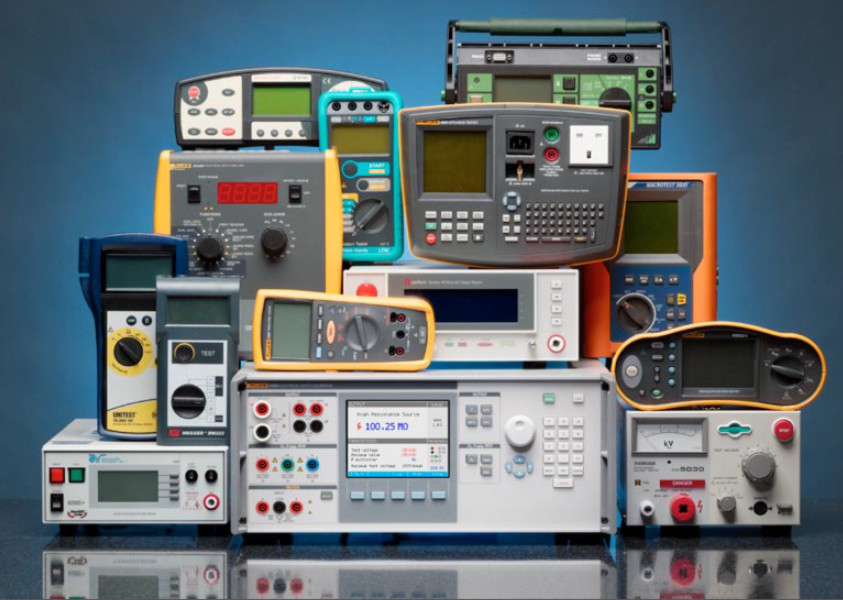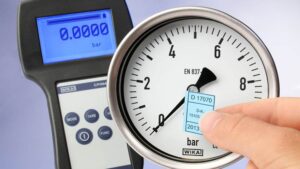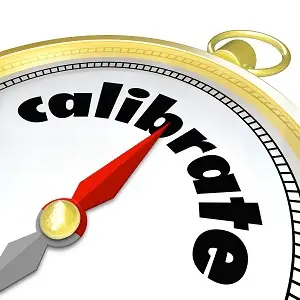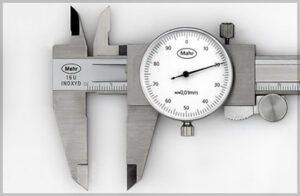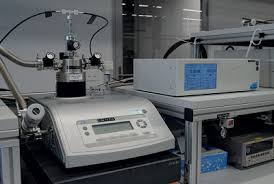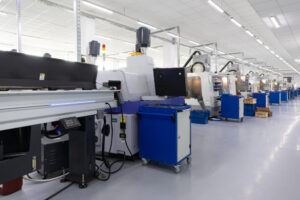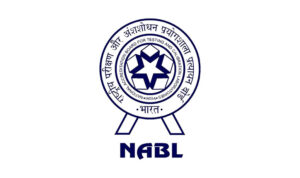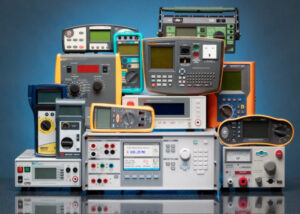What Is Calibration and Why Is It Important?
People often ponder upon the thought that what is calibration, why is it even required, and what’s its importance?. You may be a long player in the industry with several years of experience in handling various responsibilities, and yet you may have these boiling questions in your mind regarding the importance and requirement of accurate calibration. But that’s okay, and we are here to take care of your queries. Hence, here is a very down to earth and easy to understand approach from our experts to help you understand:
- What is calibration?
- Why calibration is performed?
However, before we delve into the topic, there are a few terms you must be acquainted with. They are “Accuracy” and “Error”.
What is Accuracy?
When you are taking a measurement, and the reading is closest to the actual value, then the reading is said to be accurate. The more the reading is closer to the actual value, the more the accuracy. Example: A line of 10 cm length is drawn on a paper. 3 persons take measurements of it, and their results are as below:
Person 1:- 9.7 cm | Person 2:- 9.9 cm | Person 3:- 9.5 cm
The reading of Person-2 will be deemed most accurate, and therefore of the highest accuracy.
Hope this helps you build a general idea of accuracy. Hence the accuracy of any instrument is its capacity to take accurate measurements or give accurate results. The more the accuracy the higher the reliability of the instrument while using it.
What is Error?
Error is just the opposite of accuracy; it is the difference between the actual value and the observed result. The higher the accuracy is the lesser would be the error and vice-versa. Hence an instrument with higher accuracy will give lesser error, and an instrument with lower accuracy will give higher error. Now obviously as the user, your aim would be to keep your instrument’s error as low as possible, so that you get accurate readings, and this is where the process and requirement of calibration gets introduced.
What is Calibration?
When you are comparing your instrument’s measurements with the measurements taken by another standard and pre-calibrated instrument, that has a better accuracy than your instrument, and find out the deviation/difference between the two readings to calculate the error in your instrument, then this process is called calibration.
Confused? Well, let’s break it into smaller points to make it easier to understand.
- You have an instrument, and you want to know its error or the authenticity of its results. You need to know the error so that you may include the error in the calculation of readings taken by it. This will help you to get the best possible values from that instrument. In this case you need to get it calibrated.
- Now, the best way to determine the error is to compare it with another instrument better than this, or simply of better accuracy. However, that’s not the only criterion.
- The other instrument with higher accuracy, also referred to as the “Standard” or “Master” instrument, must be calibrated before this process of comparison.
- In this context, your instrument which you want to calibrate is called the “Instrument under calibration” i.e. (IUC) or “Device under calibration” i.e. (DUC).
- The IUC readings are taken on X number of points. On those same X number of points the Standard’s readings are also taken. Now the readings are compared. The difference between the IUC’s reading and Standard’s readings are noted. This difference is referred to as Deviation. All such deviations are calculated and passed through a set of calculations to find out the final error of the IUC.
This is how instruments are generally calibrated. And if you have read this blog till this point you already know what calibration is; so smile and feel confident!
Why Calibration is performed?
Unless your instrument is calibrated, how would you know how accurate or erroneous your readings are! The only way to get confidence in the readings obtained by your instrument is by getting it calibrated. This is just the scientific aspect behind accurate calibration. There is an industrial aspect to it too. Quality, operations and production standards must be met to fulfil National and International compliances, and you cannot fulfil compliances with non-calibrated equipment. Hence, whether it’s to meet quality standards for accuracy, or to meet safety standards, or to meet compliances for industrial or laboratory requirements; accurate calibration of instruments is one of the top-notch prerequisites which cannot be ignored or skipped.
Finally
Now that you know the purpose and importance of calibration, you are good to go to the next level to explore more topics. There are so many things to understand, like how to plan for calibration, how to choose a good NABL calibration lab, how to make sure your instrument is calibrated and so much more. Hence when you have time, take a look at our “Suggested Reads” and “Blogs” section to get more ideas.
Suggested Reads
Keep an eye on our upcoming blog posts to get a better idea of:
- Which instruments need calibration?
- How an instrument is calibrated?
- When should calibration be performed?
- Where calibration should be performed?

